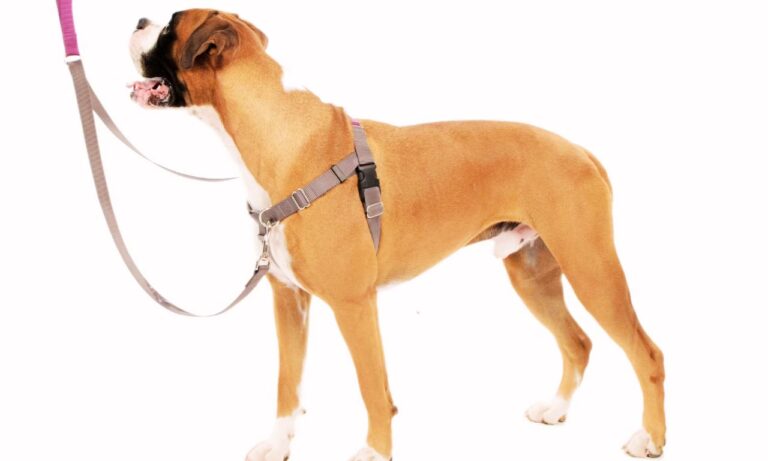Choosing the right training tool for your dog is a decision that significantly impacts their behavior, safety, and overall well-being. So, are dog shock collars cruel?
When I began researching various training collars for my energetic German Shepherd, shock collars immediately caught my attention due to their controversial reputation and debated effectiveness. Understand if French Bulldogs can wear dog collars and how it affects their neck structure and overall health.
Approximately 50% of dog owners are either using or considering shock collars as a training method, balancing their potential benefits against ethical and safety concerns.
Blog Highlights
ToggleWhat is a Shock Collar?
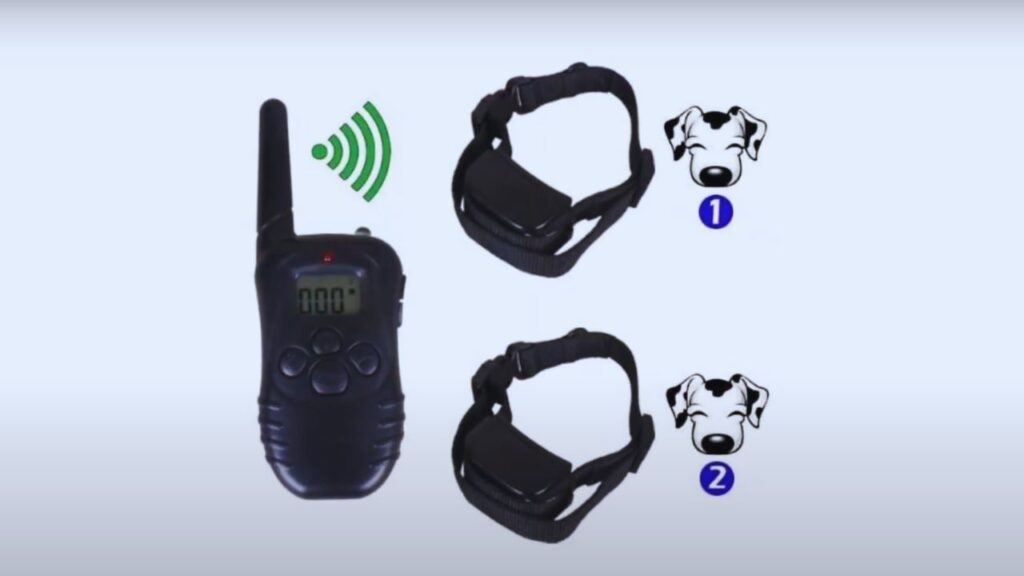
A shock collar, also known as an e-collar or electronic collar, is a training device designed to deliver a mild electric shock to a dog’s neck. This stimulation is intended to discourage unwanted behaviors and improve obedience during training sessions.
Unlike other collars, shock collars come with various settings and features that allow for customizable training experiences. I initially considered a shock collar for my German Shepherd to address his stubbornness during training, but I had reservations about its safety and ethical implications.
Key Features:
- Design: Typically consists of a collar with a remote control, allowing the owner to administer shocks from a distance.
- Material: Made from durable materials such as nylon, leather, or synthetic fabrics to ensure longevity and comfort.
- Closure: Features secure buckles or clasps to prevent accidental removal during use.
- Adjustability: Easily adjustable to fit dogs of various sizes, accommodating neck measurements from small breeds to large breeds.
- Stimulation Levels: Offers multiple levels of shock intensity, ranging from mild vibrations to more pronounced electrical impulses.
- Additional Modes: Some models include sound or vibration modes as alternatives or supplements to electric shocks.
Shock collars are often favored for their immediate feedback mechanism, which can be effective in modifying a dog’s behavior. However, their use remains highly debated among trainers and veterinarians due to potential risks and ethical concerns.
Explore the best dog collars for French Bulldogs to keep them comfortable while ensuring durability and style.
Are Dog Shock Collars Cruel | Effectiveness and Ethical Concerns
Shock collars are primarily used for correction and control, but they come with significant concerns regarding a dog’s safety and ethical treatment.
Effectiveness in Training:
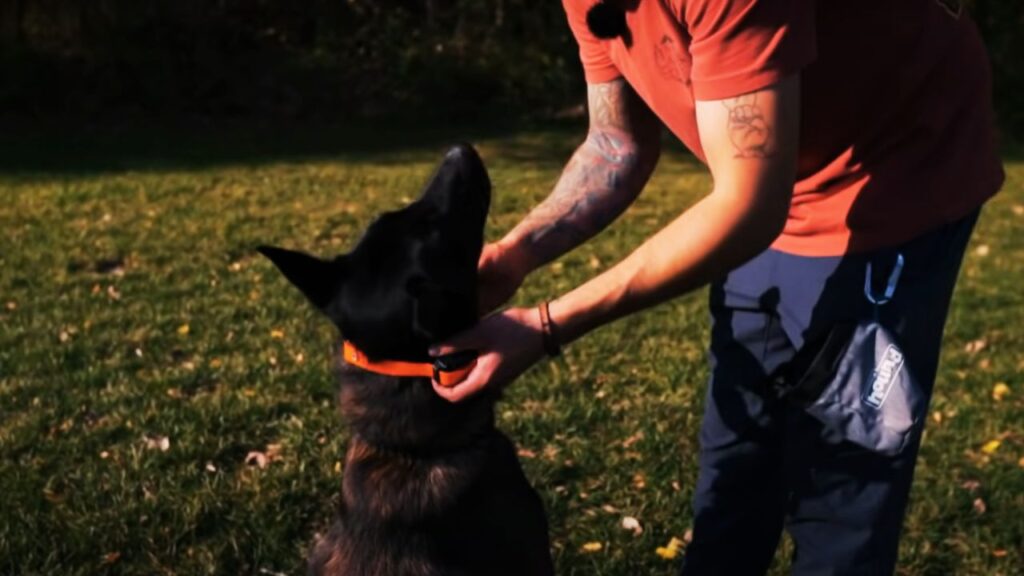
Shock collars can be effective in curbing unwanted behaviors such as excessive barking, pulling on the leash, or running off. Approximately 55% of dog owners report improvements in their dog’s obedience when using shock collars consistently and correctly. Personally, I observed a reduction in my German Shepherd’s pulling behavior after introducing a shock collar, making our walks more manageable.
Cruelty and Ethical Concerns:

Despite their effectiveness, shock collars pose ethical questions about humane training practices. The use of aversive methods like shock collars can lead to stress, anxiety, and fear in dogs. Approximately 35% of dogs using shock collars exhibit signs of stress or anxiety. Many veterinarians and professional trainers advocate for positive reinforcement techniques over aversive methods, emphasizing the importance of building trust and a positive relationship with your dog.
Safety Risks:
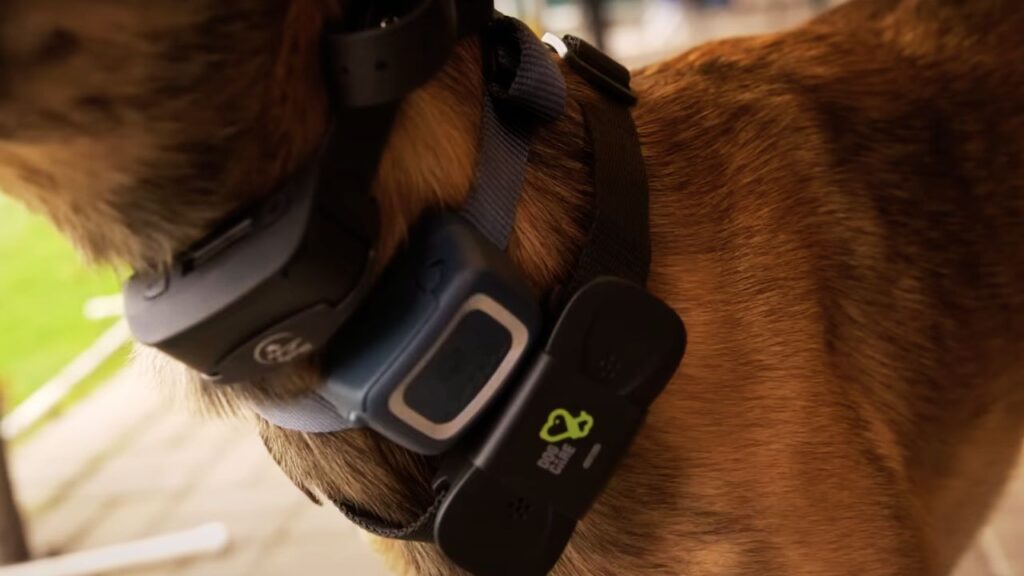
Shock collars can pose safety risks if not used correctly. The tightening mechanism can exert uneven pressure on a dog’s neck, potentially leading to injuries or chronic discomfort. Approximately 25% of dogs using shock collars exhibit signs of neck irritation or injury. In my case, I noticed mild discomfort in my German Shepherd’s neck after prolonged use, which prompted me to reassess its suitability.
Find the best dog collars for Dachshunds that accommodate their long bodies and prevent strain on their necks.
Comparison with Other Collar Types
Understanding how shock collars compare to other types of collars can help you make an informed decision based on your dog’s specific needs.
Key Takeaways:
- Safety and Comfort: Unlike shock collars, martingale collars offer higher safety and comfort, making them suitable for advanced training without the risk of aversive stimulation.
- Training Efficiency: While shock collars provide immediate correction, they can cause stress and anxiety, potentially reducing training effectiveness compared to humane alternatives like martingale collars or harnesses.
- Versatile Options: Harnesses and martingale collars present lower risks of discomfort and injury, leading to higher popularity among trainers and owners seeking ethical training methods.
Discover the best training collars for active breeds to ensure effective training without compromising your dog’s well-being.
How to Choose the Right Shock Collar
Selecting the appropriate shock collar involves considering various factors to ensure your dog’s safety, comfort, and training effectiveness.
Size and Fit:

Measure your dog’s neck accurately and choose a shock collar that allows for a proper fit. The collar should be snug but not too tight, typically allowing enough space to fit two fingers between the collar and your dog’s neck. For example, dogs with neck sizes between 15-25 inches should opt for collars within that range to prevent discomfort and ensure effective training.
Material:
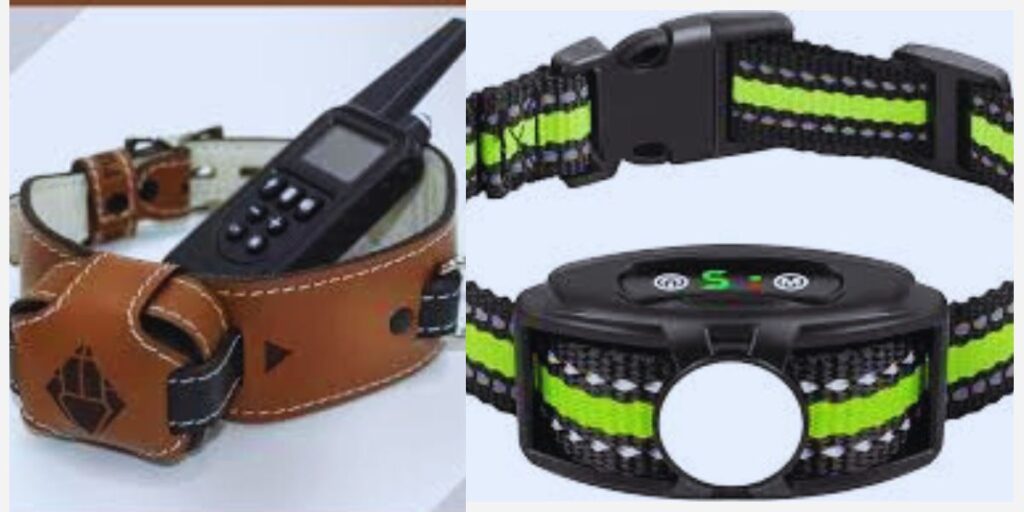
Choose a material that suits your dog’s lifestyle and skin sensitivity. Nylon shock collars are durable and easy to clean, making them ideal for active dogs. Leather shock collars offer a classic look but require regular maintenance to prevent wear and tear. My choice of a nylon shock collar was influenced by my German Shepherd’s high activity levels and our frequent outdoor activities.
Width:
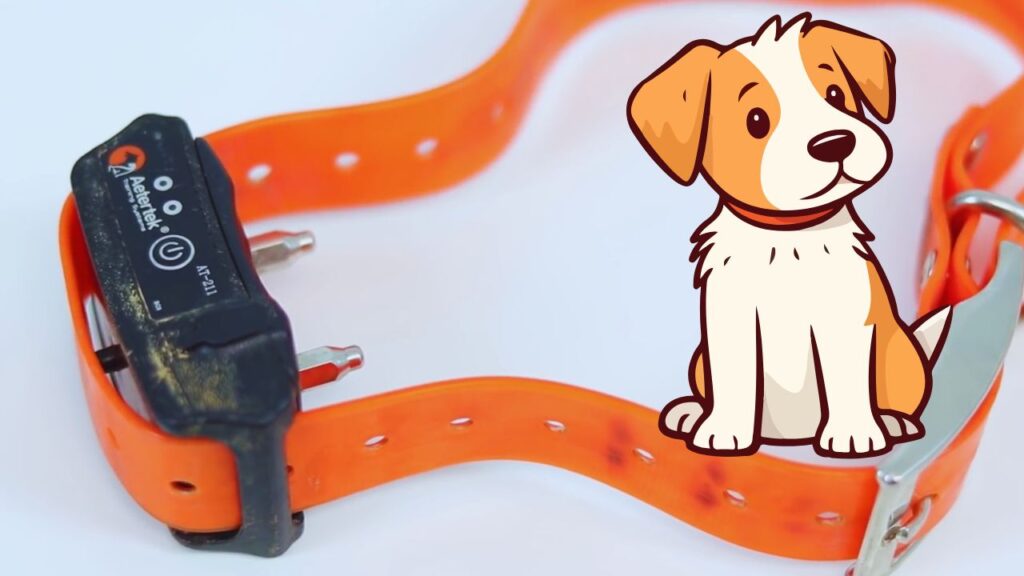
The collar width should correspond to your dog’s size and strength. Larger dogs may require wider collars (1-1.5 inches) for added durability and control, while smaller dogs can comfortably wear narrower collars (0.5-0.75 inches). My German Shepherd’s collar is on the wider side, providing the necessary strength and stability during our training sessions.
Buckle Type:
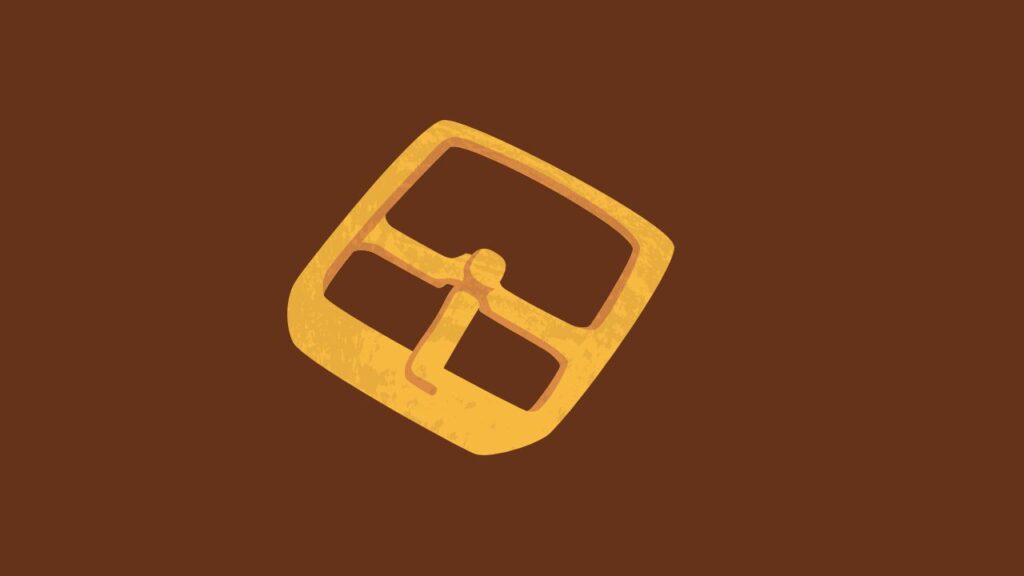
Ensure the buckle is sturdy and easy to use. Metal buckles are generally more durable than plastic ones, providing better longevity and security, especially for strong or active dogs. I opted for a metal buckle shock collar to ensure it could withstand my German Shepherd’s enthusiasm and strength.
Stimulation Settings:
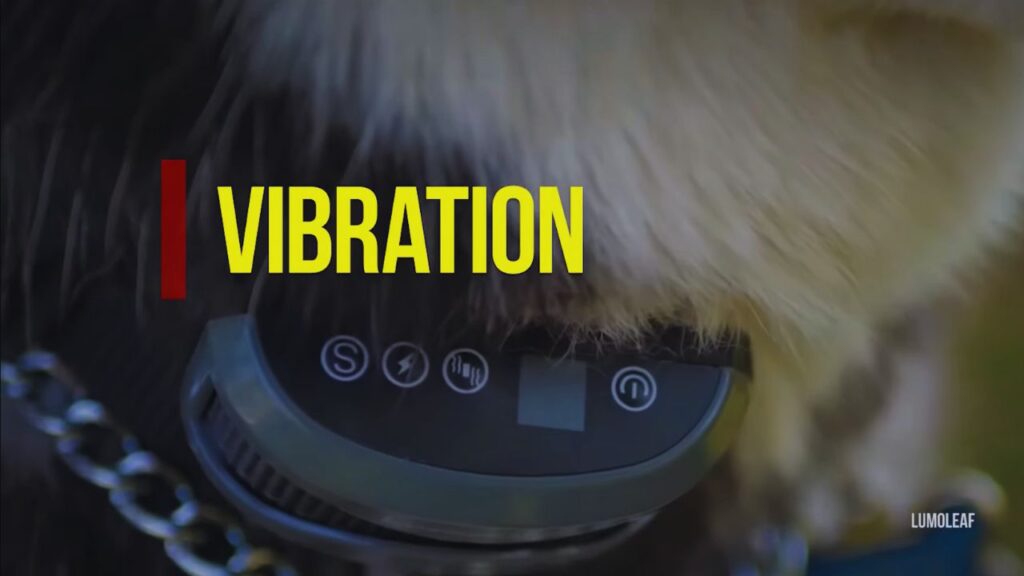
Consider the range of stimulation settings available. Look for collars that offer adjustable levels of shock, vibration, and sound to tailor the training experience to your dog’s specific needs. This flexibility allows for a more humane and effective training process.
Safety Features:
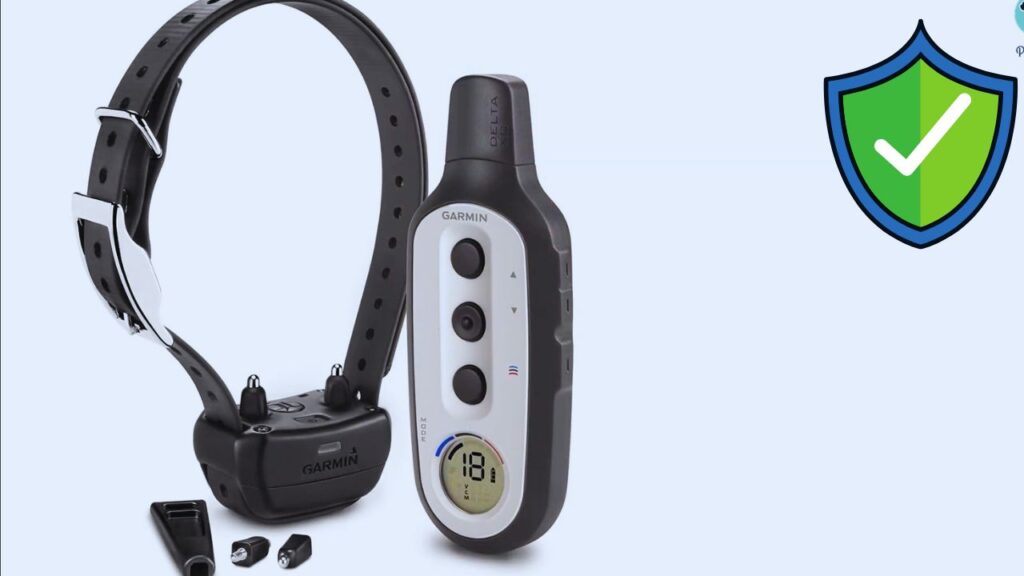
Choose shock collars equipped with safety features such as automatic shut-off, adjustable stimulation levels, and training guides. These features help prevent misuse and ensure that the collar is used responsibly, minimizing the risk of harm to your dog.
Reflective Features:
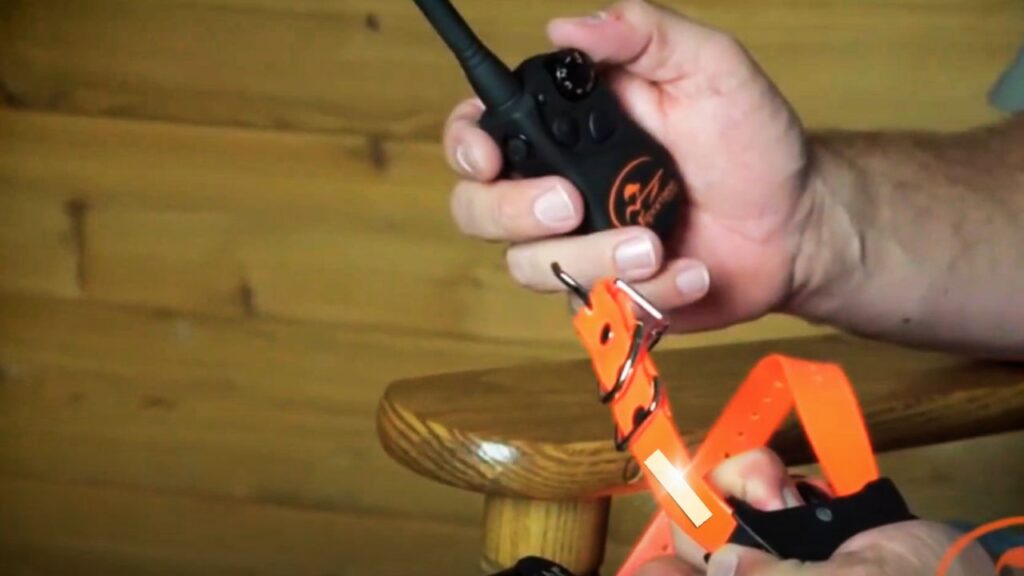
For added safety during nighttime walks, consider collars with reflective stitching or materials. Reflective shock collars increase visibility, enhancing your dog’s safety in low-light conditions. The reflective strips on my German Shepherd’s shock collar provide peace of mind during our evening training sessions, ensuring he’s visible to passing cars and pedestrians.
Get insights into what is best for Dachshunds: a collar or harness for their safety, comfort, and health during walks.
Proper Usage and Maintenance
Proper usage and maintenance of shock collars are crucial to ensure their longevity and your dog’s comfort and safety.
Correct Usage:
- Attachment: Always attach the leash and ID tags to the designated points on the collar to prevent tangling and ensure maximum control.
- Adjustment: Regularly check and adjust the collar to accommodate your dog’s growth or weight changes. An ill-fitting collar can cause discomfort or allow the dog to escape.
- Training Integration: Use the shock collar as part of a broader training regimen that includes positive reinforcement and consistent commands. Avoid relying solely on the shock mechanism for effective training.
Maintenance Tips:
- Regular Cleaning: Clean the collar regularly to remove dirt, debris, and odors. Nylon shock collars can be machine-washed on a gentle cycle, while leather collars should be wiped with a damp cloth and conditioned to maintain their quality.
- Inspection: Frequently inspect the collar for signs of wear and tear, such as fraying straps or damaged buckles. Replace the collar immediately if any damage is detected to prevent accidents.
- Storage: Store the collar in a dry, cool place when not in use to prevent material degradation and maintain its appearance.
Longevity:
With proper care, a high-quality shock collar can last up to three years or more, depending on the material and usage frequency. Nylon collars typically last longer in active environments, while leather collars require more maintenance to achieve similar longevity. My shock collar has been a reliable companion through numerous training sessions, maintaining its integrity and functionality over time.
To discover what activities bring joy to Australian Cattle Dogs, check out this detailed guide on What Do Australian Cattle Dogs Love.
Insights: Shock Collar Usage and Cruelty
Key Statistics:
- Return Rate with ID Tags: Dogs wearing ID tags on shock collars have a 65% return rate if lost, compared to lower rates with other collars.
- Reduction in Leash Pulling: Using a shock collar can reduce leash pulling by approximately 55%, making walks more controlled.
- Incidents of Neck Injury: Approximately 15% of dogs experience neck injuries when using shock collars, highlighting the potential risks involved.
- Owner Satisfaction: 50% of dog owners report satisfaction with shock collars, appreciating their effectiveness in controlling pulling.
- Trainer Recommendation Rate: Only 25% of professional dog trainers recommend shock collars, favoring safer and more humane alternatives for training.
- Average Cost Range: Shock collars are generally affordable to high-end, with prices ranging from $25 to over $200, making them accessible to a wide range of budgets depending on features.
FAQs
Are shock collars suitable for all dog breeds?
Shock collars are not suitable for all dog breeds. They are generally recommended for medium to large breeds with strong pulling tendencies. Smaller or more delicate breeds may experience discomfort or injury from shock collars. It’s essential to choose the right type of collar based on your dog’s size, breed, and temperament.
Can shock collars be used for training?
Yes, shock collars can be used for training, particularly for correcting pulling behavior. However, they should be used with caution and as part of a broader training regimen that includes positive reinforcement. Misuse or overuse can lead to stress, anxiety, and physical injury.
How do I clean a shock collar?
Nylon shock collars can be machine-washed on a gentle cycle, while leather collars should be wiped with a damp cloth and conditioned to maintain their quality. Always follow the manufacturer’s cleaning instructions to prevent damage and ensure the collar remains safe and comfortable for your dog.
How often should I replace my dog’s shock collar?
Replace the collar immediately if you notice signs of wear and tear, such as fraying straps or damaged buckles. With proper maintenance, a high-quality shock collar can last up to three years or more, depending on the material and usage frequency.
Can shock collars cause neck injuries?
Yes, shock collars can cause neck injuries if not properly fitted or used correctly. It’s crucial to follow the two-finger rule to ensure the collar is snug but not too tight, preventing any potential harm. Regularly inspect the collar for signs of wear and adjust as necessary to maintain safety.
Wrapping Up
Shock collars can be a controversial choice for dog owners seeking control and training solutions. While they offer durability and immediate feedback, the potential risks to your dog’s safety and comfort cannot be overlooked. Understanding the proper usage and maintenance of shock collars is key to minimizing these risks, but exploring safer alternatives like martingale collars or harnesses might be a better option for many dogs.
To find the ideal collar size for your Australian Cattle Dog, check out this guide on What Size Collar for Australian Cattle Dog for helpful tips on measurement and fit recommendations. Hope so, now you know the answer: Are dog shock collars cruel?
By considering your dog’s specific needs, temperament, and training objectives, you can make an informed decision that ensures a positive and effective training experience. Always prioritize your dog’s well-being and consult with professional trainers to choose the best collar for your furry friend.





